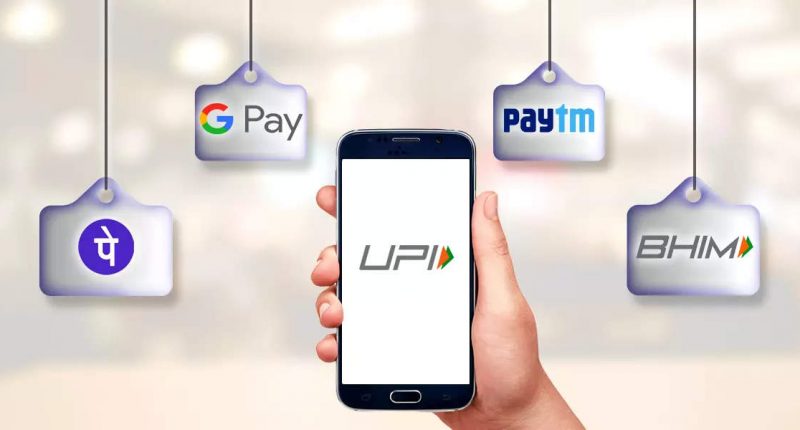The Reserve Bank of India’s (RBI) discussion paper on charges in payment systems set off a widespread public debate on the zero-charge framework for Unified Payments Interface (UPI) transactions.
Many people, including the National Payments Corporation of India (NCIP) and market participants, favour moving away from the zero Merchant Discount Rate (MDR). They stated that the absence of commercial compensation discourages many new players from entering the market and decreases investments to improve security and consumer protection.
Meaning of UPI
The NCIP developed UPI, a real-time payment system, to facilitate inter-bank transactions. The RBI regulates UPI. UPI instantly transfers funds between bank accounts through a mobile platform.
Reasons for RBI to intervene in setting the price of the payments market
There are two reasons why a regulator might intervene to set the price of the payments market:
- Viewing digital payments as public good or goals of financial inclusion
- Addressing market failures, such as the presence of externalities or dominant firms arising because of the market’s double-sided nature
The regulator might want to set or cap to zero the interchange fee (paid to the issuing bank by the acquiring bank) or MDR (paid to the payment service providers by merchants), or both.
The present situation of UPI transactions
The government has subsidised the operational costs of facilitating UPI transactions, which were reported as insufficient. The Payments Council of India predicted a loss of Rs.5,500 crore in January 2022. Even though there is a good public motive, a person cannot assume it is the best allocation of limited government resources without evidence.
As per the Indian Digital Payments Report, the average ticket size of P2M (person to merchant) transactions on UPI is Rs.820. The RBI’s estimated cost of Rs.2 to process an Rs.800 transaction is 0.25% of the transaction value, much lower than the proposed MDR of 2% for RuPay credit cards and MDR cap of 0.9% for debit cards on UPI.
As a result, an MDR floor of 0.25% is not unreasonable. These are substitutable services competing for a similar merchant pool. Policymakers should also consider behavioural challenges for transitioning from zero to positive MDR. Since there was a zero MDR since January 2020, merchants, especially those with thin margins, can be hesitant to accept an MDR increase even if they benefit in net terms.
How can RBI regulate prices?
Consumers benefit when a merchant network accepting a payment instrument, such as debit cards, is larger, and the merchant benefits when many consumers use the payment instrument. Card networks, such as Mastercard and Visa, compete with a limited number of banks for issuing their cards since the acquiring bank should pay the interchange fee for recovering these costs from merchants.
The interchange fee is regulated in most jurisdictions to prevent banks from charging exploitative rates, while the MDR is determined commercially. It is also made for administrative convenience, and monitoring merchant-bank contracts can be time-consuming.
In the UPI parallel, involving NPCI, remitter and beneficiary banks, and payment service providers of payers and payees, the RBI could regulate the interchange fee or the merchant discount rate. The market for merchant acquisition is usually more competitive and unregulated, with the interchange fee between the payment service providers regulated when necessary.
When both markets are sufficiently competitive, regulation can imply imposing a cap/floor charge. Thus, the decision on what and how to regulate is critical. For example, in the telecom industry, facility provision is handled through the interconnection fee, while the retail prices for the relatively competitive telecom services are left to the market.
There should be an internalisation of the externalities of the two-sided market through careful instrument selection. The next step is to determine the price level. According to economic theory, the optimal level would be determined by whether the acquiring and issuing banks make positive margins on every transaction and whether the regulator is concerned only with consumer welfare rather than total welfare.
Generally, the regulatory intervention benefits should outweigh the intervention costs. The costs of intervening include:
- Administrative costs
- Potential costs that result from determining the incorrect interchange cap or fee
- Costs resulting from the intervention’s impact on innovation in the market and future investment
Policymakers should collect more data on user preferences, costs of transfer, consumers and merchants and undertake a thorough analysis of competition and substitutability in the digital payments sector to help achieve UPI’s potential in India.
For any clarifications/feedback on the topic, please contact the writer at mayashree.acharya@clear.in

I am an Advocate by profession. I interpret laws and put them in simple words. I love to explore and try new things in life.





